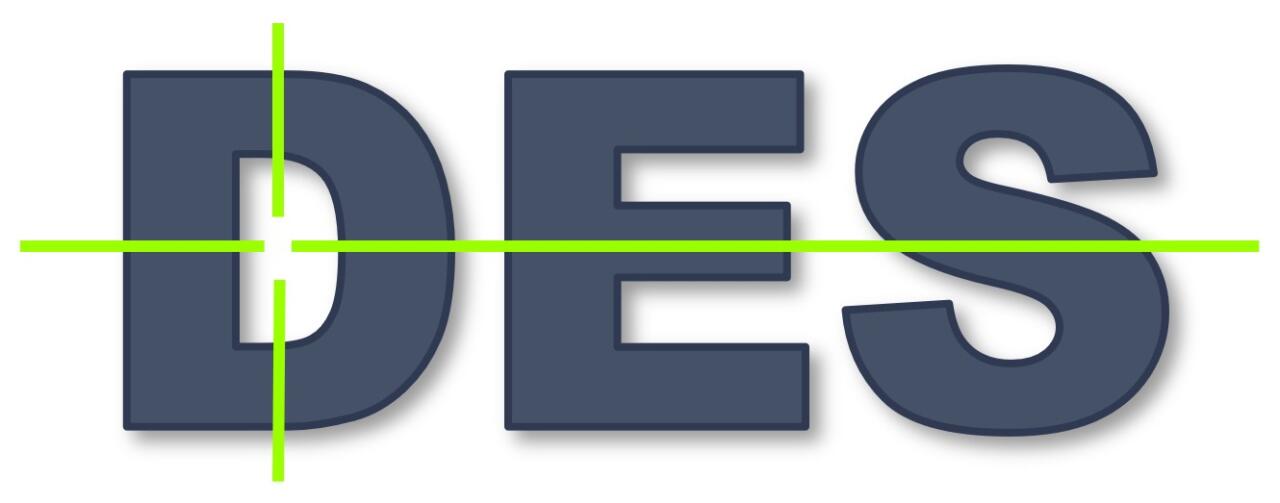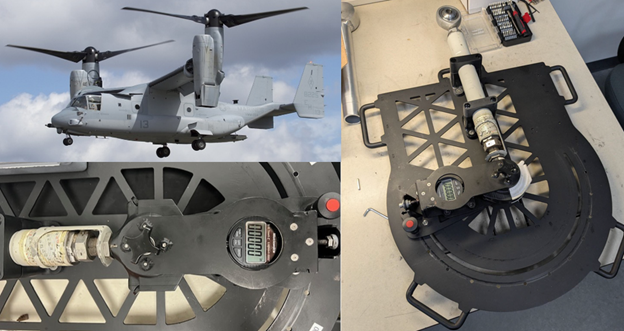Defense Engineering Services, LLC (DES) provides design and build services, technical solutions, and custom tools/machines for a variety of industries. DES offers mechanical and electrical design solutions combined with the ability to prototype, test, and manufacture hardware. DES’ prototype capabilities include metal fabrication, CNC machining, welding, integration, and assembly. With specific experience in design for military applications, automotive, aviation, armor, mission kits, missile defense, submarine systems, and ship systems, DES works across multiple branches of the US Military and other commercial industries.
Focus Area: Advanced/Additive Manufacturing
Contact
Greg Gordon
greg.gordon@defengserv.com
843-469-0434

Bearing Liner Measurement Project
Problem Statement:
The integrity of spherical bearing liners used in the swashplate/pitch assembly of aircraft is critical to ensuring safe and reliable operation. However, current methods for evaluating bearing liner thickness and radial wear are limited in accuracy, efficiency, standardized tools and processes, and practicality, particularly for on-aircraft inspections. These limitations pose significant challenges to maintenance crews, increasing the risk of undetected wear, premature component failure, and reduced operational readiness.
Technology Solution Statement:
The Spherical Bearing Liner Integrity Evaluation Project delivered a specialized inspection and measurement tool designed to evaluate the integrity of spherical bearing liners used in the swashplate/pitch assembly of aircraft. The tool addresses the challenges of accurately measuring bearing liner thickness and radial wear, in a controlled consistent manner. The tool can be used to determine “good” and “bad” bearing liners, as well as gather critical information for evaluating lifecycle and maintenance planning.
Benefits Statement:
DES’s specialized inspection and measurement tool addresses critical challenges in maintaining the integrity of spherical bearing liners. The tool enhances the Navy’s ability to perform precise and efficient maintenance, reducing the risk of undetected wear and premature component failure. The tool’s off-aircraft design simplifies operational use for maintenance crews, enabling 360-degree measurements and improving accessibility compared to on-aircraft solutions. Additionally, the tool supports predictive maintenance efforts, as the data on bearing liner wear can be analyzed to forecast lifecycle trends and optimize maintenance schedules, resulting in improved aircraft reliability, reduced downtime, and enhanced mission readiness.





